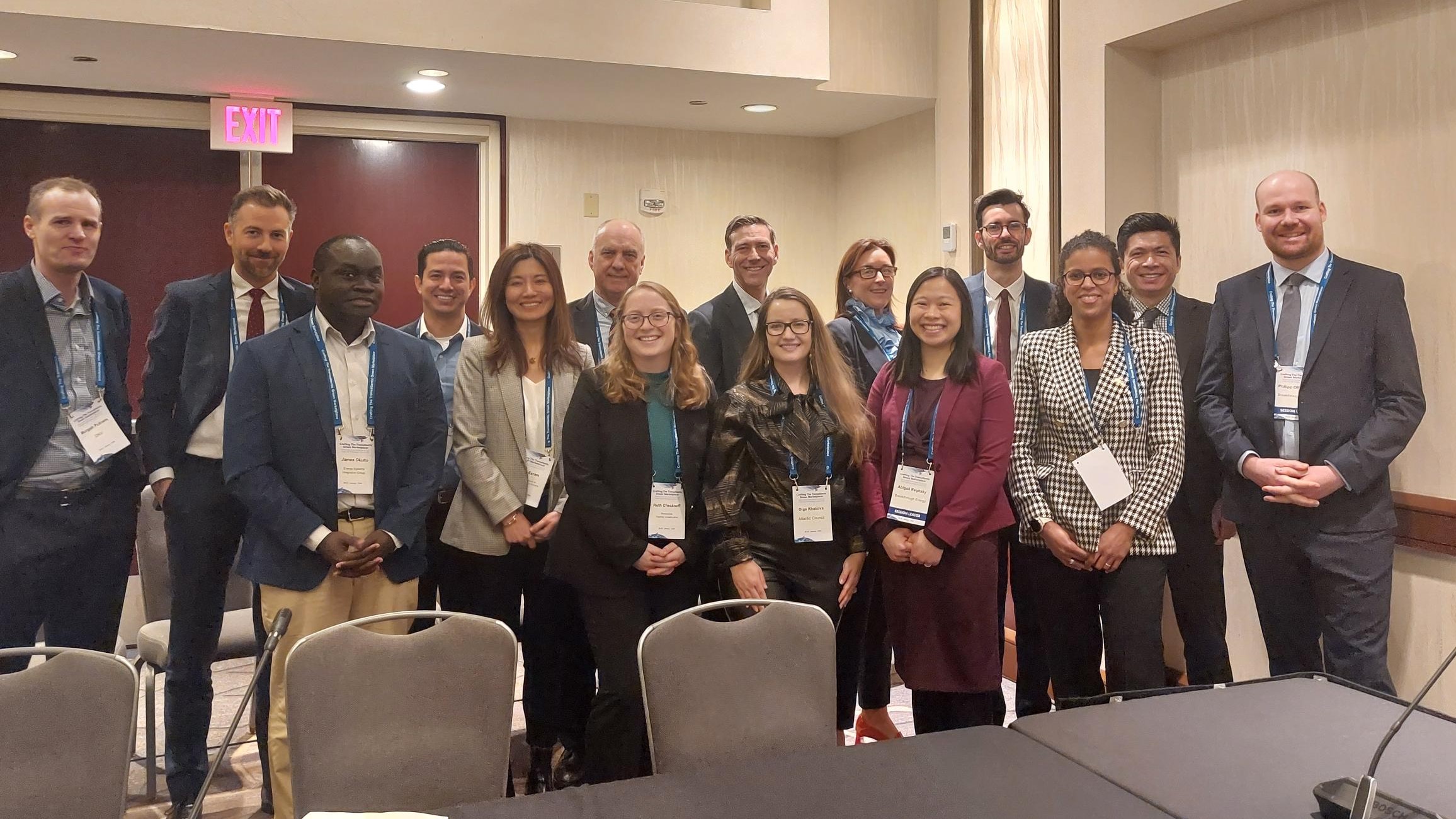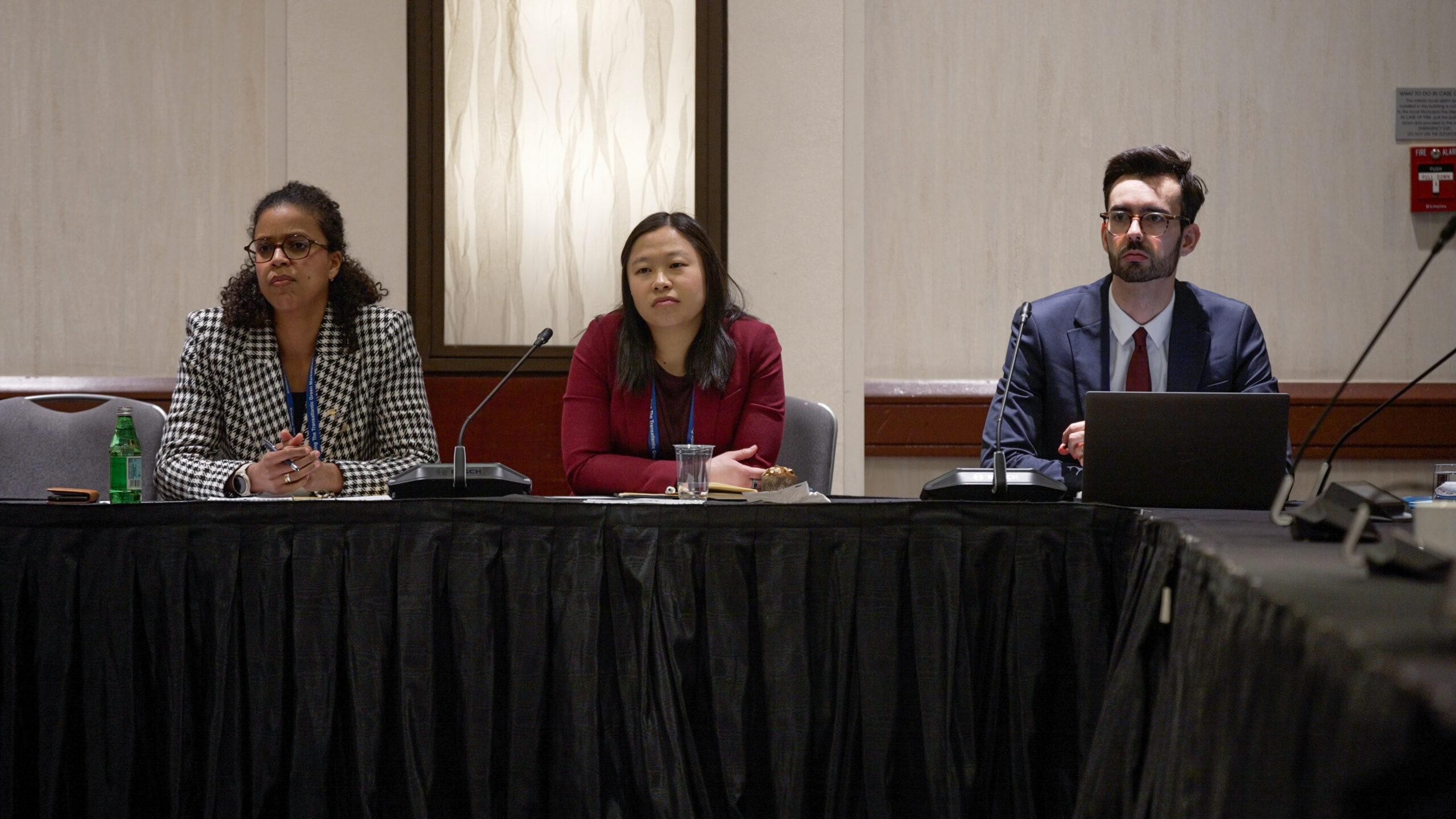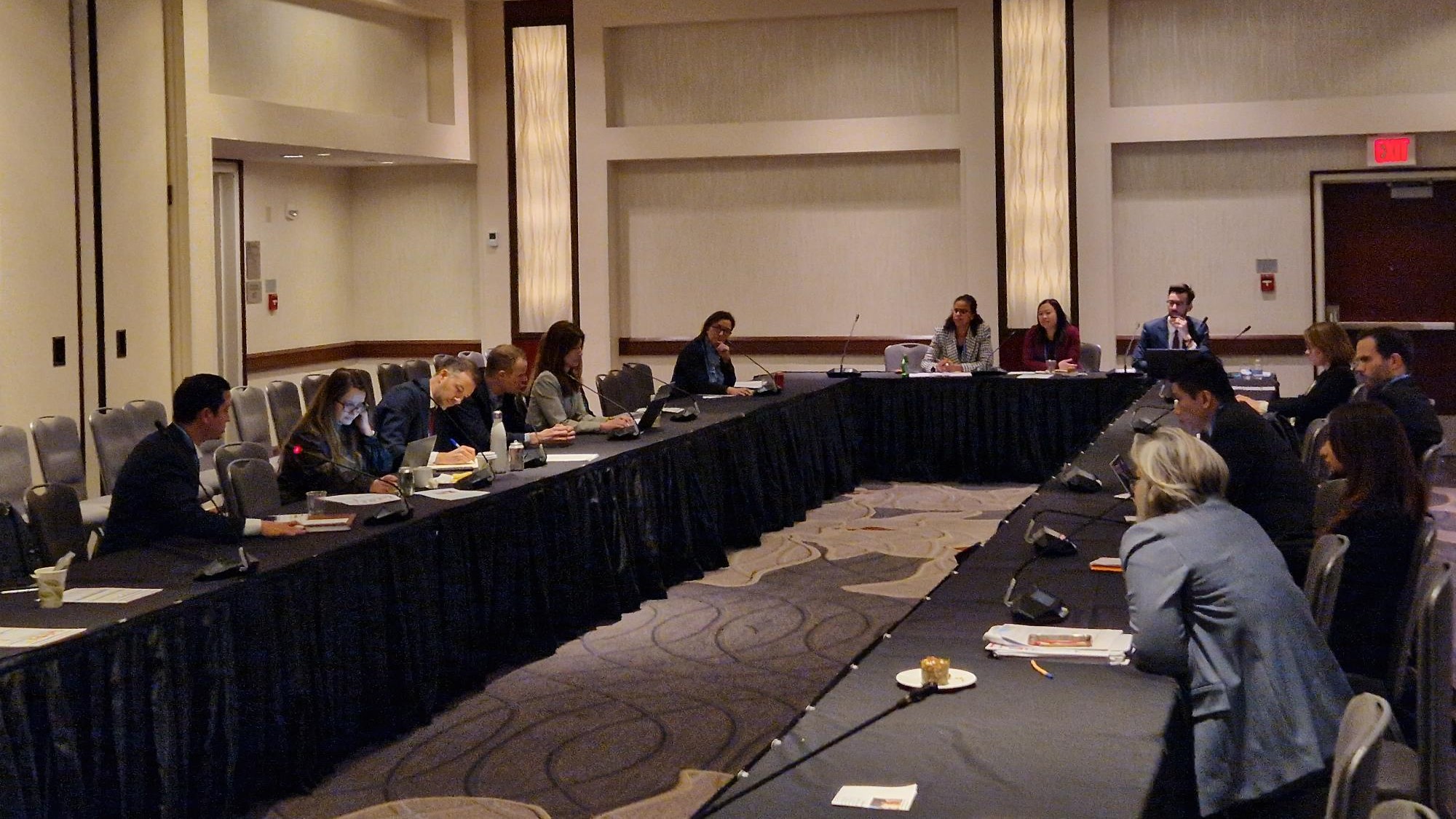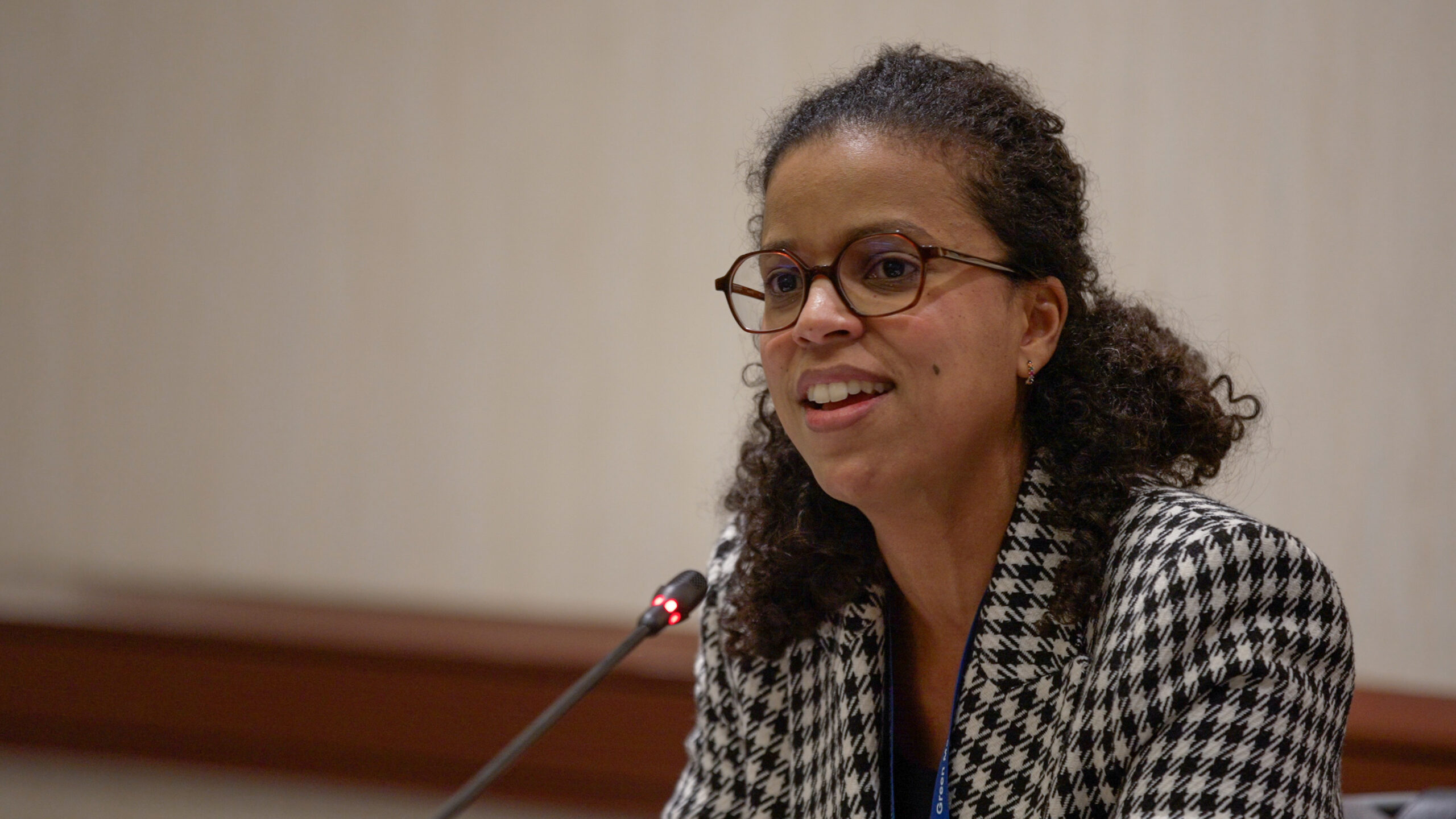Key Takeaways from our session on Thermal Energy Storage for industrial heat at the Transatlantic Initiative on Sustainable Trade
Future Cleantech Architects recently participated in the EU-US Trade and Technology Council Stakeholder Event (TIST), which took place in Washington D.C. on January 30th and 31st, 2024. We had the honor of organizing a session aimed at advancing Thermal Energy Storage (TES) technologies with Breakthrough Energy.
Key recommendations from the Transatlantic Initiative on Sustainable Trade, as a part of the EU-US dialogue, a roundtable with innovators in Washington D.C.
Thermal energy storage:
the missing link between clean power and industrial heat
Thermal Energy Storage (TES) is gaining momentum as a solution for providing wider flexibility for the energy system to better integrate intermittent renewable energy and for decarbonizing industrial heat. Currently, TES has not yet been widely adopted, but its deployment has reached a turning point and is gearing up for an exponential trajectory. Installed TES capacity is expected to more than triple globally by 2030 (IRENA, page 12) to 800 GWh. There are tremendous opportunities for the US and EU economies to cooperate to create larger markets for these technologies, accelerating the decarbonization of the energy system.
TES technology has reached commercial maturity in several applications, emphasizing the need for accelerated deployment. Immediate deployment efforts should be focused on decarbonizing applications operating below 400-500°C, particularly those employing steam loads. They are straightforward to retrofit with electrification and TES, and can be readily deployed with support for commercialization and scaling-up. RD&D efforts should then focus on higher temperature applications, where substituting combustion flames by hot air loads or radiative heating presents the highest technical challenges.
TES and electrification are interdependent, emphasizing the importance of grid upgrades and connections in transitioning industrial heat. Current market, grid structures, and transmission and distribution operators (TSOs/DSOs) often perceive the electrification and TES pathway as a burden on the network, rather than recognizing it as a valuable flexible asset. Instead of operating on a first-come-first-served basis, priority should be given to clean flexible loads, such as electrified industry with TES.
Operational Expenditure (OPEX) significantly drives the business case for TES, even more than Capital Expenditure (CAPEX). In some cases, the revenue streams from flexibility markets can constitute up to 40% of the cash flow, underscoring the importance of further promoting such mechanisms. Encouragingly, some examples of effective policy frameworks to address OPEX challenges are flexibility markets in Hungary, Denmark, and the Netherlands, as well as Carbon Contracts for Difference in Germany.
There is a pressing need for long-term, systematic planning of the transmission and distribution networks that considers the transitioning energy system and the value of clean flexibility assets such as TES in lowering total system costs. Research from institutions like the Department of Energy (DOE) and National Labs in the US plays a pivotal role in establishing a common understanding of system flexibility requirements and the potential of solutions such as TES.
To keep pace with power system needs, grid planners must become more forward looking and tolerate more risk in committing to expansions and upgrades, investing ahead of need. This is necessary to enable rapid expansion of renewable projects and avoid bottlenecks, even in the face of uncertainty on the exact future power system size and configuration.
The sheer size of the heat sector and the emissions deriving from industrial heat applications are often overlooked, as are the potential solutions. Efforts to raise awareness about TES and its value proposition are therefore crucial to ensure that investors and the public sector understand the potential of TES in decarbonizing industrial heat. This will foster engagement from all relevant stakeholders, from better grid planning and market structures to increased funding for innovators.





